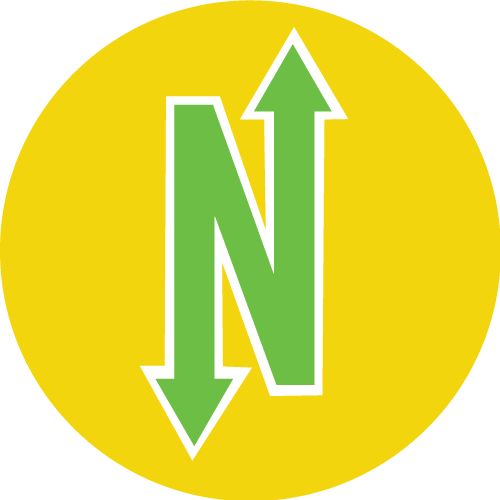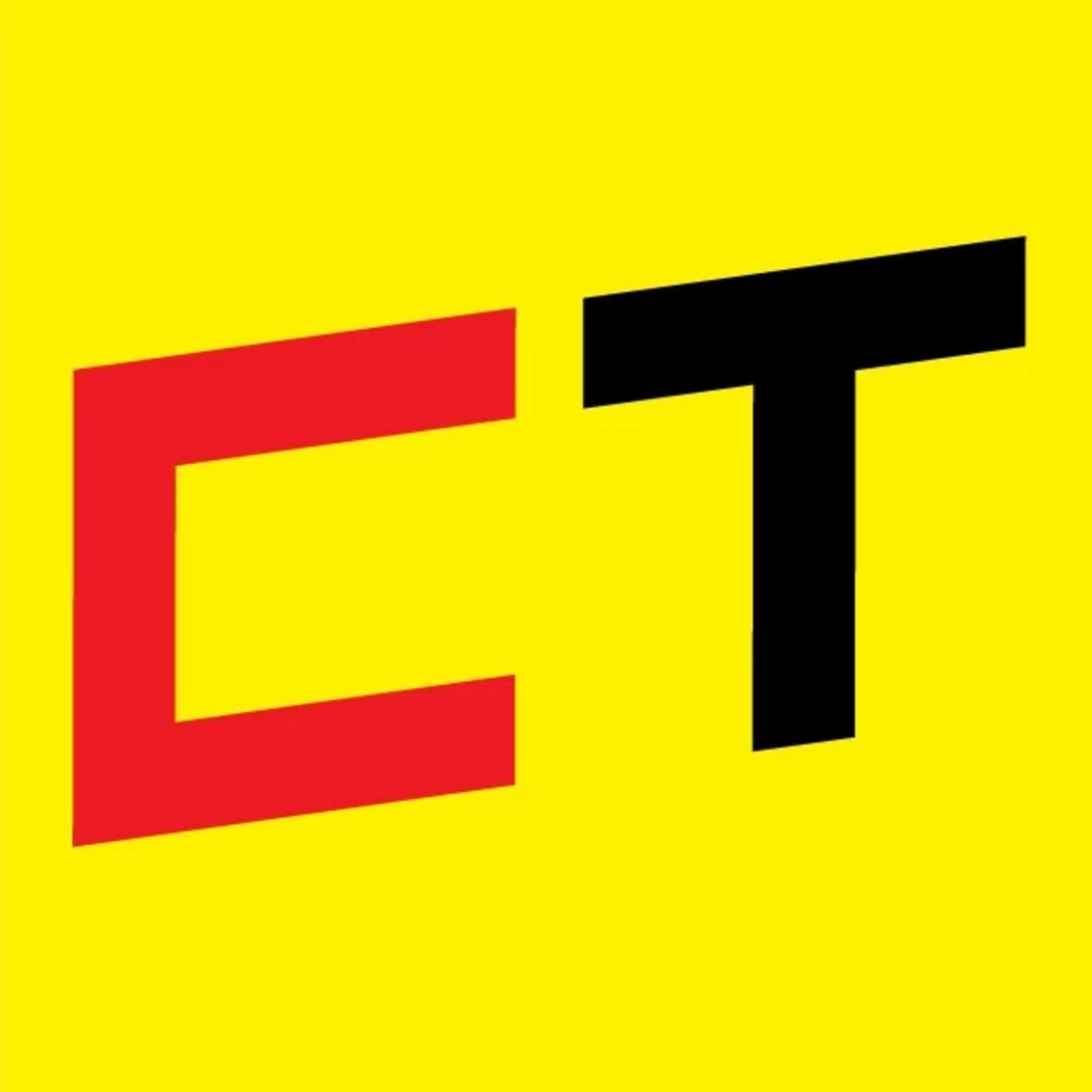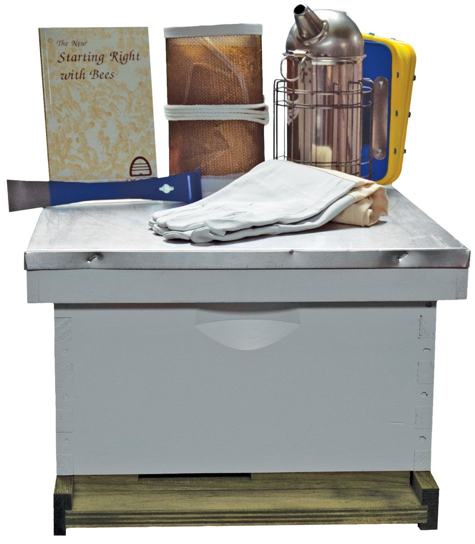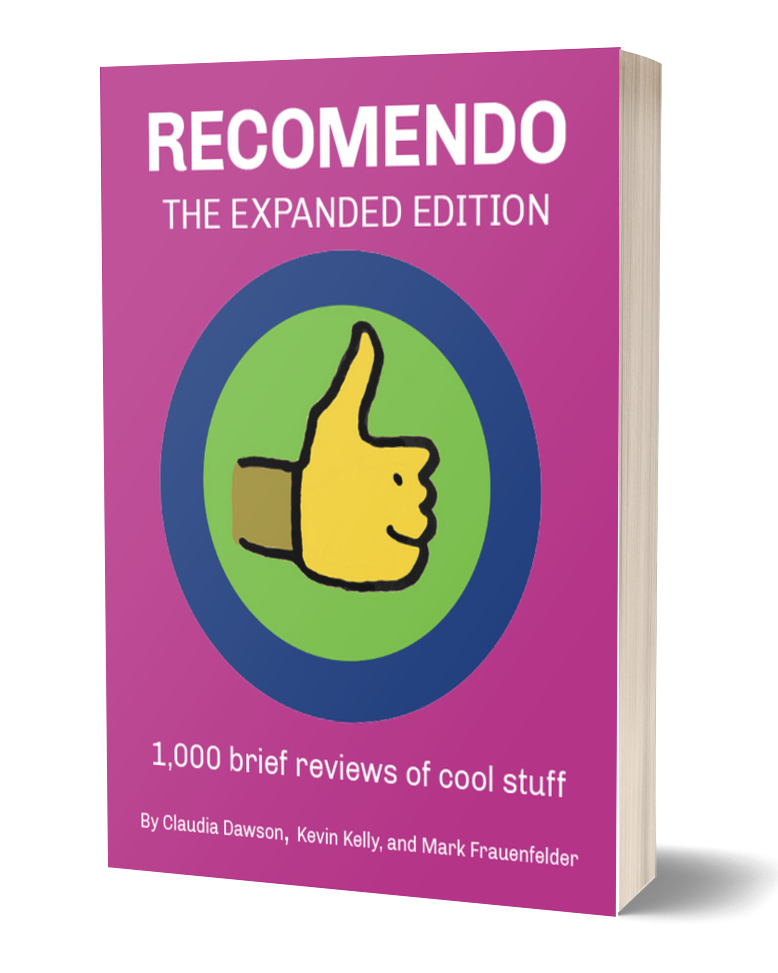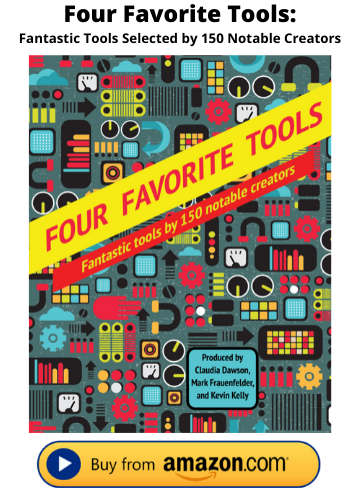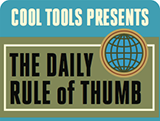27 November 2025
Apps for China Travel/Airline Stopovers/Unlimited Budget Flights
Nomadico issue #181
Apps You Need for China
Traveling to China is not like traveling to other places. The heavy-handed government blocks any website or app it doesn’t like or control, so you have to install a whole suite of different tools than you use anywhere else. Partner Kevin Kelly was just there and laid out the apps he used in China that worked. Chris Christensen of the Amateur Traveler podcast and blog says Express VPN was a bust for him though and he had better luck with Total VPN. Kevin says an Airalo eSIM might negate the need for that additional step because one is built in.
2 Vacations for a Lower Price With a Stopover
One reader sent an e-mail last week saying, “I don’t know if you know this, but it’s cheaper to fly through Panama to Colombia or Peru and stop off than it is to just fly to Panama.” That may not be true every time, but it’s worth checking into destination and airline combos that allow you to stay for a night or more on a stopover instead of just changing gates at the airport. Copa and Panama City are one such combo and you’ll find others from the HQ cities of Emirates, Turkish Air, Iberia, and others. Check this article of mine for the official stopover cities and airlines, plus some ideas for cobbling together your own stopover in other cities.
Save the Bees, Save Our Food
I just stayed at a Kimpton beach resort in Baja that must have had a thousand native plants on the property, with the flowering ones making the pollinators happy so the organic garden on site would thrive. Bees, butterflies, and their buzzing kin are hugely important to the crops that feed us but human threats are numerous. You can counter this by seeking out hotels that try to aid the environment instead of destroying it. Consider choosing lodges where they cultivate native plants to attract pollinators. Or think like a beekeeper and sign up for a beekeeping safari to support biodiversity.
All You Can Fly From Frontier Airlines
I’m not in a market where Frontier flies so I haven’t tried it, but the company just unveiled the details of its annual pass and it’s attractive if you can use it enough. The GoWild All-You-Can-Fly Pass is only $349 through December 2, which is cheaper than the Volaris Pass in Mexico that I had mixed feelings about. It’s a crazy good deal that would be worth taking a gamble on because you can start using it this year and keep using it through Spring of 2027. So you get way more than a year’s worth of flights. It’s best for spontaneous passengers because of all the restrictions, like only being able to book a day in advance on domestic flights. Plus there’s a limit to how many seats are available for passholders on each flight and you’ll need to pay extra for taxes and luggage.
A weekly newsletter with four quick bites, edited by Tim Leffel, author of A Better Life for Half the Price and The World’s Cheapest Destinations. See past editions here, where your like-minded friends can subscribe and join you.
11/27/2526 November 2025
What’s in my NOW? — Emma Christley
issue #232
Emma Christley is a music writer and personal essayist currently publishing on Substack. Her weekly album review series focuses on albums that she’s not heard, but probably should have by now. When she’s not working on her newsletters, she’s either reading or watching ER.emma christley writesweekly (new to me) album reviews and long-form essays covering popular music with a sprinkle of musicological perspectiveBy emmaechristley
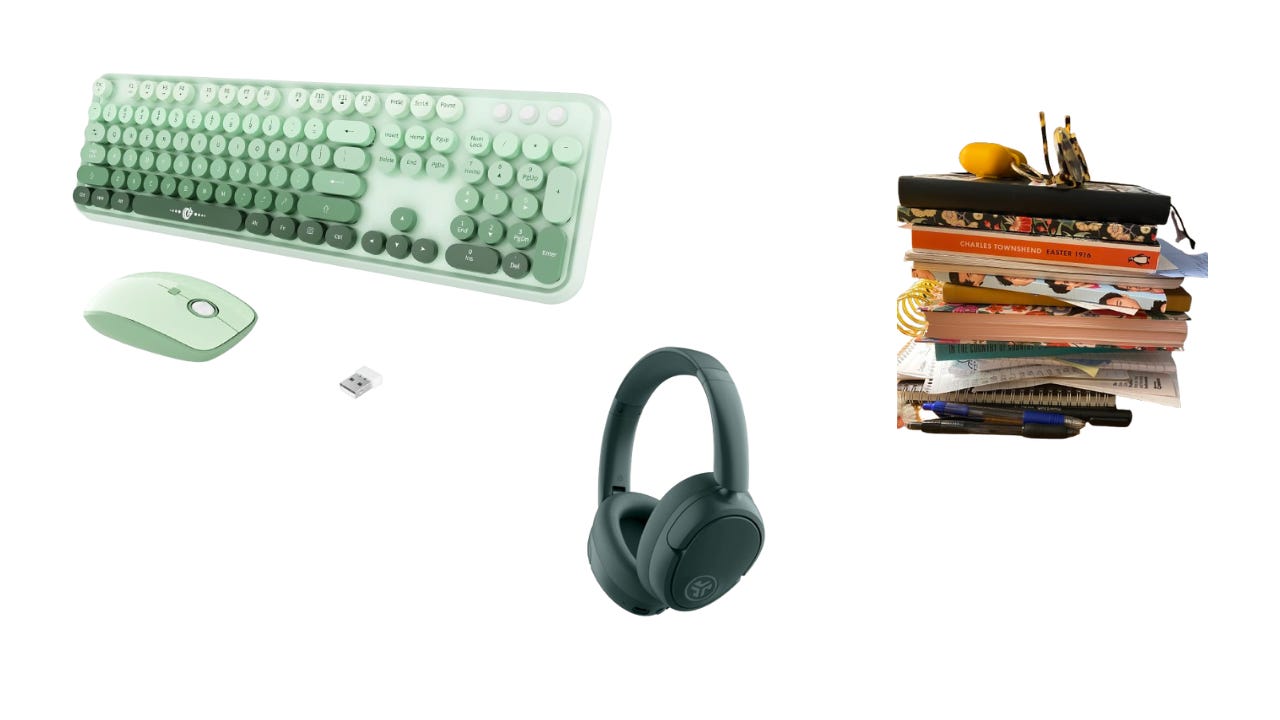
PHYSICAL
- Mechanical Keyboard—All writers know it can be hard to wrangle your brain into settling down and actually focusing on doing the thinking and the writing. I love the ASMR videos of these online so I got one thinking the more I write, the more I get to listen to the fun sound. And you know what, it’s actually working.
- Noise-cancelling headphones—Like I said I have trouble focusing with all the noise in my brain and the literal noise of the world so these have been life-savers. Plus they’re cute.
- My ecosystem of notebooks—I am an obsessive notebook keeper. I prefer handwriting as much as I can, but I need separate notebooks for each category. I have one for a planner, one for my journal, one for Substack ideas, one for research notes, etc. They are truly my brain outside of my body, so when my notebooks were lost in an overseas move a few years ago, it was a devastating blow. I cried like someone had died. Because I had moved for school, I couldn’t completely fall apart and had to just carry on with my life. And while it is still the loss of my life (so far) I have rebuilt my ecosystem and come to believe that any ideas in those lost notebooks that were truly important will come back to me, and if they don’t, they must not have been that important.
DIGITAL
- ER (1994-2009)—I started watching this series for the first time earlier this year. I needed something to fill the void left by The Pitt before the next season. I know people started watching the show initially for Clooney and stayed for Noah Wyle, whereas I started watching it for Wyle, but stayed for Anthony Edwards’ character Mark Greene. Obviously this show is specific to what goes on in hospitals, but I’ve learned some very real general life lessons from watching this show.
- swipewipe—My brain gets overwhelmed very easily and this has been something really helping to quiet the noise. It turns cleaning my photos into a game so it helps to keep me from doomscrolling too, which we know is all too easy to do.
INVISIBLE
Your choices don’t have to make sense to anyone else.
As I’m searching for my next big step, I find I can’t help but be a little concerned about what other people will think. Will my next job be prestigious enough? If I pack up and move countries, will the people in my life think I’ve lost it or worse, think it was the wrong decision? But none of that matters. It’s my life, not theirs. And if the choice is mine and not theirs, so are the consequences.
Sign up here to get What’s in my NOW? a week early in your inbox.
11/26/2525 November 2025
Dark Night / Ciro’s Nightclub of the Stars
Issue No. 93
DARK NIGHT – PAUL DINI’S CHILLING AUTOBIOGRAPHICAL BATMAN TALE







Dark Night: A True Batman Story
by Paul Dini (author) and Eduardo Risso (illustrator)
Vertigo
2016, 128 pages, 6.9 x 10.4 x 0.5 inches
Batman the Animated Series was perhaps the cartoon of my childhood. I remember watching it when it premiered, and followed it through its entire run. While I’ve loved the movies, and the comics, Batman for me will always be the voice of Kevin Conroy, and the Joker will always be Mark Hamill. I owe my love for Batman to this wonderful show that Paul Dini helped create, which is why I was so struck to read his chilling autobiographical Batman tale.
Like myself and many others, Dini too was hugely influenced by Batman through his childhood. The beginning of the book establishes how comics became a coping mechanism for Dini as he navigated through the world with social anxiety. His lonely but successful life is thrown upside down one night when he was mugged and beaten within an inch of his life.
Dini’s story is all about coming to grips with a world that can be cruel, dealing with demons, and finding a way to overcome. It’s a Batman story that doesn’t take place in the Batman universe. I found it tremendously moving, the artwork beautiful, and I highty recommend it. – JP LeRoux
UNSEEN PHOTOS OF CIRO’S NIGHTCLUB STARS SNAPPED BY A CIGARETTE GIRL AND HER BEST FRIEND
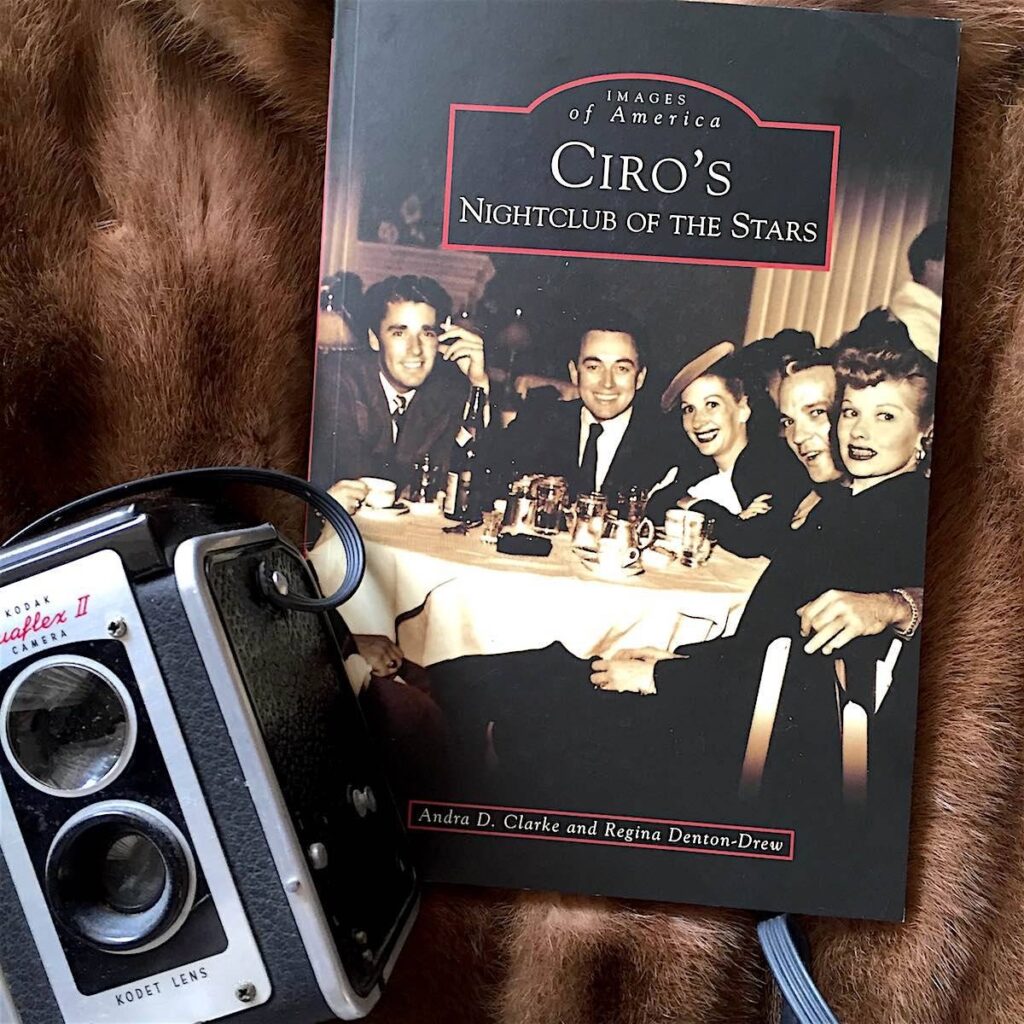
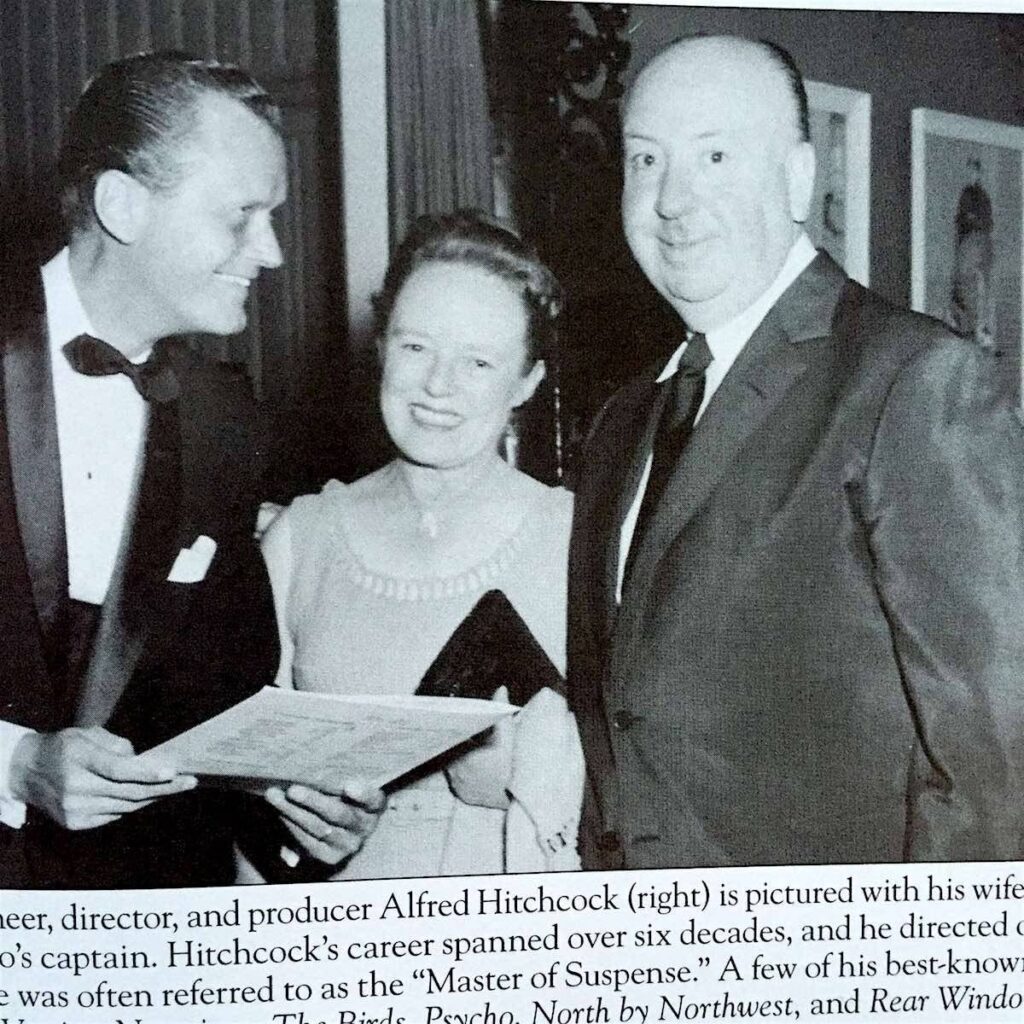

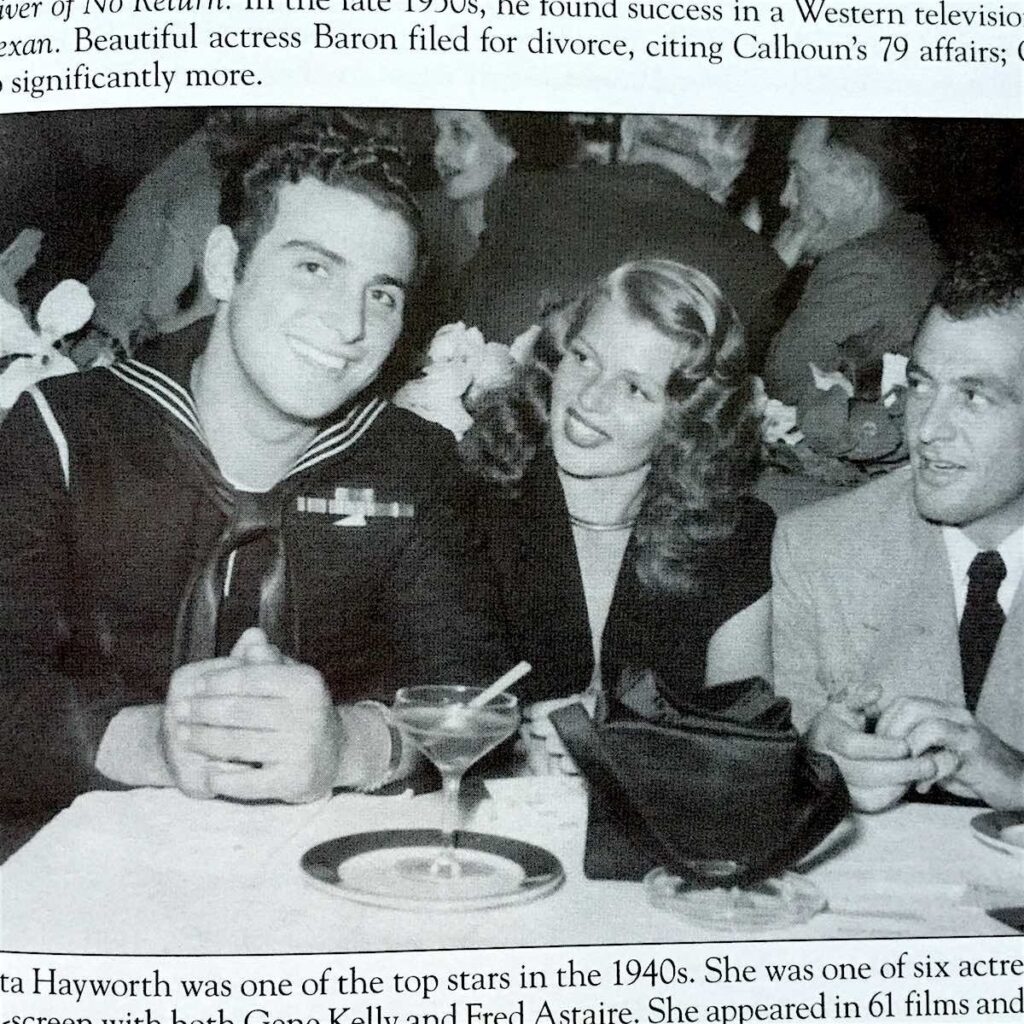
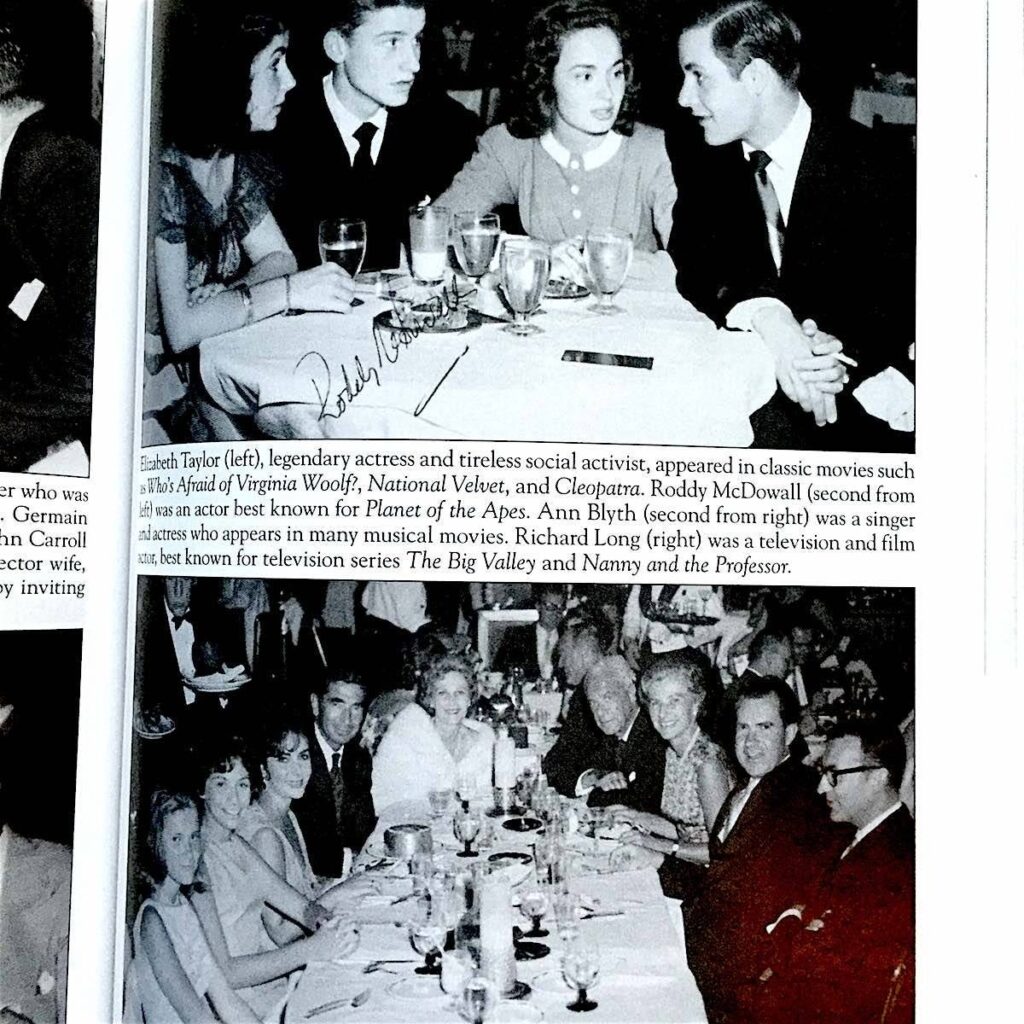





Ciro’s Nightclub of the Stars
by Andra D. Clarke and Regina Denton-Drew
Arcadia Publishing
2015, 128 pages, 6.5 x 9.2 x 0.3 inches
In the 1940s and ‘50s, everyone who was anyone went to Ciro’s Nightclub on the Sunset Strip in Hollywood. The famous and infamous came to dine, dance, and perform during its 15 plus years in business. Regina Drew was a Cigarette Girl and photographer at Ciro’s for eight years. Her best friend Nancy Caporal was the head photographer from 1940 to 1957. These women were part of the glitz, glamour and decadence of the Ciro’s era, and they seemed to love every minute of it.
Regina’s daughter, Andra Clarke, worked tirelessly to research and cull through both women’s photographic mementos. As tribute to what Regina called the “best job of my life,” Andra created Ciro’s Nightclub of the Stars, a compact coffee table book filled with photos and stories that capture the semi-private lives of Hollywood’s elite.
Most of the pictures in this book had previously not been seen by the public. Some of my favorite photos include Elizabeth Taylor dining with President Nixon and his daughters; Bing Crosby photographed with his sons; Ray Bolger (from “The Wizard of Oz”) joking around with Zero Mostel (from Fiddler on the Roof), Clark Gable chatting with (or to) a bevy of admirers, and Lucille Ball having drinks at a table with Peter Lawford, with no Desi in sight. The captions for each picture are as interesting as the images themselves. There are also Ciro’s behind-the-scenes tidbits like Yvonne de Carlo having the hatcheck girls watch her pet monkey, and Errol Flynn’s special food preference of octopus. Ciro’s Nightclub of the Stars offers a great glimpse into the past and is much more interesting than today’s tabloids!
Fun fact not in the book: Before these photos were turned into a book, Andra’s collection was appraised on the 18th season of Antiques Roadshow. Per the appraiser, the most expensive photo Andra brought in was of Marilyn Monroe. Monroe was photographed at Ciro’s after her movie premiere of Gentlemen Prefer Blondes. Andra was told at the auction that an unseen photo of Marilyn Monroe would sell for about $100 to $150. All the other photos were in the value range of $30 to $75 each. – Carole Rosner
Books That Belong On Paper first appeared on the web as Wink Books and was edited by Carla Sinclair. Sign up here to get the issues a week early in your inbox.
11/25/2524 November 2025
Micro-Lending
Tools for Possibilities: issue no. 165
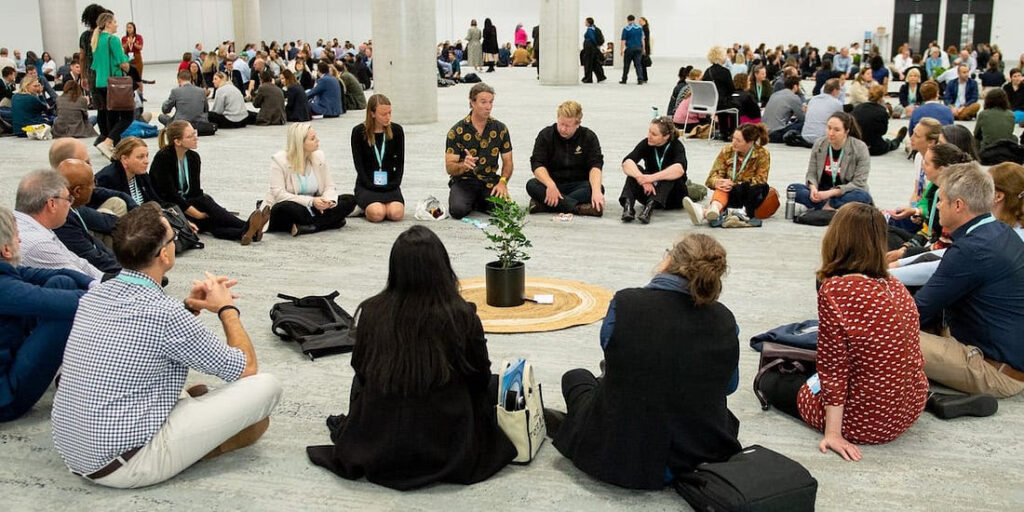
Powering Virtuous Circles
Let’s say you were interested in a “tool” to leverage the least amount of money into the largest measurable effect over time. For that I’d like to recommend a type of giving that multiplies itself. Over the years, these are the criteria I’ve adopted for this challenge:
1) The help is aimed at the lowest, those with the least, where small makes a huge difference.
2) The gift expands itself, gaining amplitude with each cycle.
3) The range is global.
Think of it as enabling philanthropy: take a minimum of money and aim it at the precise point where it can do the maximum good, multiplied by many generations. Maximum good is measured simply: when you enable someone to enable someone else. That is a virtuous circle.
I’ve found the following three do-good organizations to meet these criteria: Heifer International, Opportunity International, Trickle Up. They fund the neediest in the world. They are highly-evolved programs that produce amazing results. And one tangential result is that when we give to these three, we feel optimistic. — KK

Peer-to-peer microfinance
Micofinancing is among the better ways for the haves to help the have-nots. Small loans are made to poor but ambitious workers, who expand their livelihoods with the small loan and then pay it back. Which is then lent out again. The previously recommended agencies Opportunity International, and Trickle Up are great tools for individuals in developed countries to kick-start other folk’s self-development. These agencies do the hard work of identifying and training the recipients, and tracking loans and performance.
But why not use the peer-to-peer model to allow individuals with money to loan to specific individuals in need of a small loan? That’s what Kiva does and it works wonderfully.
Kiva enables you to make small $25 or above loans to an individual or small group of individuals in a developing country. They use these small loans (aggregated to about $200-$400) to finance a food stall, repair shop, hair salon, sewing machine, new cash crop, etc. When they pay it back to you in about 11 months, you can then re-lend it to another person of your choice.
The advantages of Kiva over the other worthy agencies are three fold. One, you can direct your loans to the kind of projects or livelihood you deem the most important or the most sympathetic. Maybe you are into food so you gravitate to funding small cafes or local fruit growers. Or maybe you think women’s sewing centers are a key. Secondly you have more direct contact with the borrowers. They have names, faces, stories. Not a few Kiva lenders have met up with folks they have lent to. Thirdly, while most microfiance agencies are thrifty, Kiva is particularly thin in administration thanks to the well-designed software platform that runs this service.
The payback rate for Kiva is about 97%. That’s a better “investment” than stocks this past year! The variety of folks you can lend to is exhilarating. The karma is good. These loans make a difference. Kiva lends $1 million dollars every 10 days. It is easy to do. A few folks are already on their third cycle of re-loaning the same money they first put up three years ago. —KK

Global micro seed funding
Rather than dispense loans, Trickle Up issues outright grants, but with strings attached. They provide seed capital and training for micro-enterprise hopefuls. Maybe someone with ambitions for a food stall, or a repair shop. A typical deal is a $100 conditional grant. Unlike in a micro-loan program, grantees don’t have to pay the money back, but they do have to get trained. Grantees must commit a minimum of 250 hours in the first 3 months to their venture, reinvest at least 20% back into it, and keep an account ledger, among other conditions. Last year 10,000 business started via Trickle Up donations, and 30,000 budding entreprenuers benefited from this global program. There is huge emphasis on training for very basic business skills. And follow up expansion grants are offered, too. About 70% of grantees are women. — KK

Gifting breeding animal pairs globally
For fifty years the Heifer Project has been providing families in developing countries (and parts of the US) with breeding pairs of animals: cows, goats, pigs, rabbits, water buffalo, ducks, and so on. Even in the world’s poorest regions the cost of a cow or goat can exceed a year’s income, preventing many families from acquiring animals. When a family receives a breeding pair they get meat, milk or eggs, but more importantly, they now have a source of income as the offspring are sold.
The deal with Heifer Project is that the recipient must agree to give one breeding pair of offspring away to another family, thus paying the gift forward. Therefore a small amount of money contributed now will multiply manyfold as families gain food, pride, a source of income, and the means to help someone else. It’s hard to imagine a better gift, or a more practical, proven lever in making a difference in communities of need. —KK

Micro-credit loans globally
Micro-financing is quite the rage in international circles for one very amazing fact. The payback rate on tiny loans to the workers in developing countries is greater than the payback rate for large loans to their home countries. In other words, from an outright profit perspective, you are better off loaning money to a Bolivian peasant than to the Bolivian government. Furthermore, there is now no doubt that Bolivia itself, and any other country, is much better off if investment goes directly to their poorest citizens than to the government. Several non-profits, starting with the Grameen Bank in Bangladesh, have pioneered micro-credit loans on a large scale and for large investors. I’ve found the easiest way for a helpful citizen to contribute funds to a wide variety of micro-loan programs in different parts of the world is through Opportunity International. Opportunity International has been providing micro loans for 30 years, even before the term microcredit was coined. —KK
Once a week we’ll send out a page from Cool Tools: A Catalog of Possibilities. The tools might be outdated or obsolete, and the links to them may or may not work. We present these vintage recommendations as is because the possibilities they inspire are new. Sign up here to get Tools for Possibilities a week early in your inbox.
11/24/2523 November 2025
Feeling Through Art / Revealing read / Airport rides
Recomendo - issue #489
Pre-booked airport rides
I’ve used Welcome Pickups in Lisbon, Berlin, Madrid, and Paris, and it’s become my default airport-to-hotel solution. You book online before your flight, see the exact price upfront (usually comparable to Uber), and most importantly, a driver will be waiting for you right after luggage pickup with your name on a sign. They speak English and can help with your bags. They operate in over 350 destinations worldwide. It’s the small dose of certainty that makes arriving in a new city less stressful. (The link above gives you €5 off your first trip.) — MF
Animated Guide to Feeling Through Art
This 2-minute animated film blends art and therapy to guide viewers through somatic exercises for emotional regulation, especially when overstimulated or triggered in crowded spaces. Practices like resting your hands on your heart or stomach can create space for energy and also encourage it to move out of your body. These self-soothing techniques can be used when engaging with any creative medium or media, helping you to find calm and rootedness even in the busiest, most stressful environments. — CD
Revealing read
China has 100 million gig workers, delivering food, sorting packages, driving ubers, barely making it. The diary of Hu Anyan, one of those gig workers, became a runaway bestseller in China. It has just been translated into English as “I Deliver Parcels in Beijing.” It is a richly detailed, unvarnished account of what life is like in the urban underclass of modern China. What makes it so readable is Hu Anyan’s indomitable spirit of always looking at the bright side despite horrifically unfair, unsafe, and illegal conditions. He recounts his misfortunes with empathy and impartial clarity. There are more people like him in China than the population of most countries. I don’t know of anything else that reveals the “real” texture of life in China from a distance as this book. — KK
World Map of Human Ideas
Here’s a person-made map listing the birthplaces of influential ideas that shaped civilization. More than 250 of the world’s greatest ideas and inventions, color-coded by fields of knowledge. It’s fun to explore and learn something new. — CD
Best camera
I’ve been seriously photographing for 55 years and the best camera I’ve ever owned is the iPhone 17 Pro. The sensor is the clearest, most sensitive, most color true I’ve ever had. It has near infinite capacity and a great battery. And most important to me is its range of lenses including wide-angle and a new optical telephoto lens that zooms to 200mm equivalent. Awesome! The whole kit fits into my pants pocket so I always have my best camera at hand. I no longer use any other camera outside my studio. — KK
Best online file converter
Most online file converters are littered with ads and are sketchy about what they do with your files. But Vert, which is free and open-source, converts files directly on your computer, not a remote server (the exception is videos, which Vert deletes after an hour). It handles images, audio, video, and documents. The interface is clean and straightforward: drag your file, pick your format, done. — MF
Sign up here to get Recomendo a week early in your inbox.
11/23/2521 November 2025
Gar’s Tips & Tools – Issue #206
Access to tools, techniques, and shop tales from the diverse worlds of DIY
How to Sand in Tiny Spaces
Most of my readers, especially the more hobby-minded and small project makers, likely know about sanding rods, twigs, sticks, and other specialty tools designed for small-parts sanding. But sometimes, even these solutions can’t cut it. This Model Car Muse video takes a long time to deliver its core idea… TL;DR: Use the tip of a chop stick or small dowel and circles of sandpaper cut with a hole punch and glued onto it. I am definitely going to make a few of these.
Push Reel Mowers
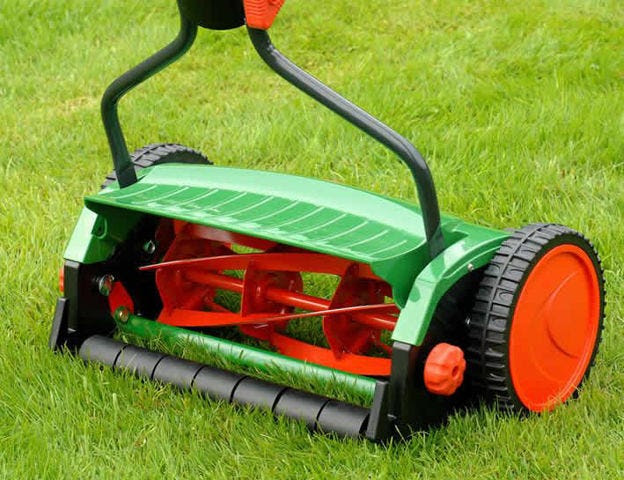
From the Tools for Possibilities newsletter comes this ode to the manual push mower:
Easiest hand mower
When I first realized that my housemates were serious about me using a push mower to cut our yard, I was a little skeptical. Eventually I was won over by the environmental benefits and the sense of accomplishment that I received from using a “reel mower.” The first mower we purchased is literally called the “Prison reel mower” and I wouldn’t recommend it. The Brill Luxus 38 Reel Mower on the other hand is a sweet piece of engineering. It is very light at 17 pounds, weather resistant, and has variable height ranges. It feels good in your hands and seems very well designed. Now that I use it, I wouldn’t even consider buying a gas or electric powered mower for an average size yard. But let me warn you, using a manual mower is physically much harder, takes more time, and is very difficult if not impossible with tall grass (which means regular mowing). Whether you choose to look at that as an environmentally friendly and money-saving workout or a punishment is up to you. — Patrick Chen
My lawn mowing days are long over, but if I was still able-bodied enough, I would definitely spring for one of these. As Kevin Kelly points out in the comments, dull blades on push mowers is what makes them a chore to use, and sharpening is hard (or expensive). The Brill mower is allegedly designed in such a way that the manufacturer claims it only needs a sharpen every eight years.
TOYS! Tiny Rulers Rule!
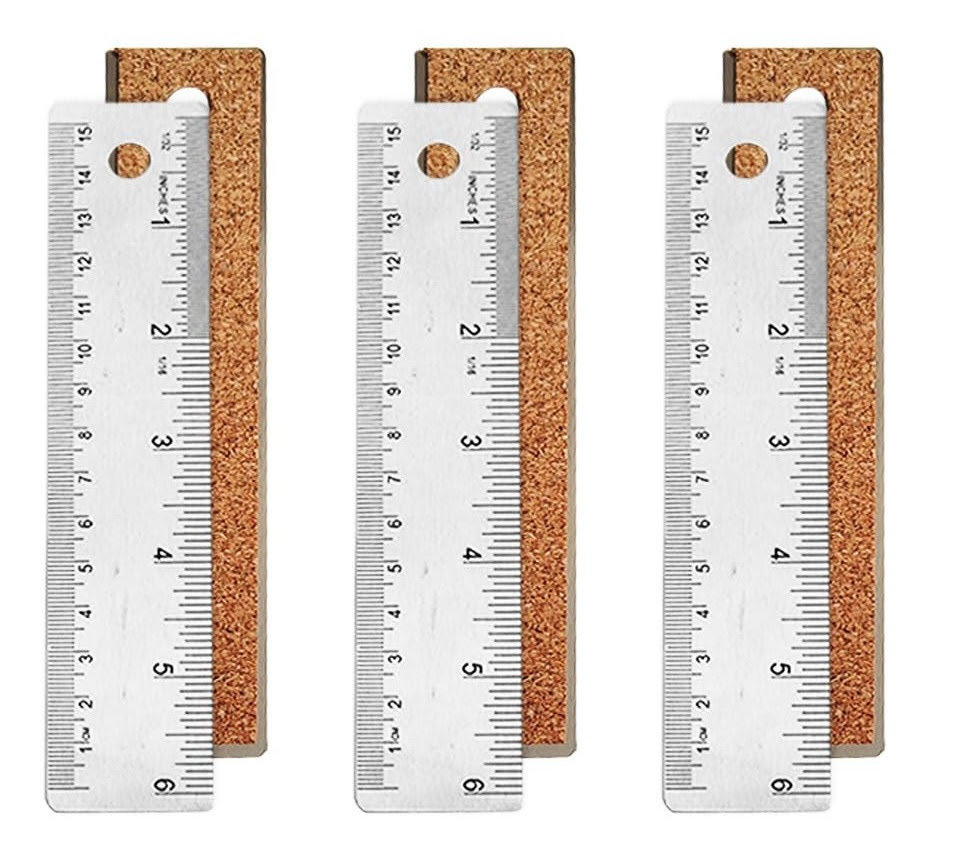
One of my favorite moments of tool-love discovery is when I find a tool that’s an instant aha and I want to smack my forehead for going so long without understanding its indispensable utility. Enter the diminutive 6” ruler. I love rulers and I have all sorts of them: printer’s ruler, desk rulers, carpenter’s square, machinist’s ruler, sewing gauge, etc. But they’re all at least a foot long. It had never occurred to me to get a 6” ruler until I saw a hobby modeler using one and they pointed out something I understood all too well: Your workbench gets covered in stuff, then you go to, say cut some polystyrene, and you have to move everything out of the way so your 12” or 15” ruler can lay flat on the cutting mat. For small-scale work, the 6-incher solves that beautifully. And, for under $6, you get three. I now have one at each of my workstations.
Extension Cord and Power Strip No-Nos

It’s coming upon that time of the year when the unknowing play electrical-cord fire roulette with their extension cords and power strips. CNet has a service journalism piece on 7 devices to keep far away from extension cords and power strips. I assume Gar’s Tips & Tools readers know these basic extension cord fire hazard scenarios already (space heaters, toaster ovens, microwaves, etc.). But just in case…
Here’s the TL;DR:
“…The big thing to keep in mind regarding extension cords is to never use them with ‘any appliances whatsoever.’ He also said that your average home extension cords [and by that I assume he means 16- and 14-guage cords -ed] shouldn’t be used for anything above 15 amps (1,800 watts), regardless of where or how the device operates. With power strips and surge protectors, those should only be paired with electronics.”
Which Adhesive is Best for HDPE Plastic
In this video, Hacks By Dad tests 13 different tapes, glues, and epoxies to determine which is the stronger bond between two HDPE bottle caps. The caps were glued together and then subjected to a weight-pulling jig. The top three winners were JB KwikWeld (at 20.2 lbs of holding power), Gorilla 5-min Epoxy (25.8 lbs.), and… the winner is: Dap Rapid Rise (at 27.6 lbs). For mounting tape, Duck brand hung on for an impressive 19.8 lbs. before failure.
How to Repair Broken Plastic
In more plastic makery news: I have always been intrigued by plastic hot staple welding. In this Chris Notap video, he gives one a go on a split recycling can. If you’re gonna repair anything plastic, your recycling can seems top o’ the list. We have a split in out municipal recycling bin. Maybe I’ll try to hot staple weld it rather than turning it in for a new one. The kit he used is cheap, at $35, and there are ones under $20. Since this is not a high-use tool for most of us, a cheap tool is probably good enough.
Consider a Paid Subscription
Gar’s Tips & Tools is free. But if you really like what I’m throwing down and want to support it, please consider a paid subscription. Same great taste, more cheddar to help keep me in tattoo wash bottles. Plus, I’ll occasionally pick paid subscribers at random and send them little treats, tools, or tip-related treasures.
Your support keeps this whole Rube Goldberg contraption lovingly cobbled together and running…smoothly (enough). Thank you!
Special thanks to Hero of the Realm members: Jim Coraci, Donobster, Peter Sugarman, and Will Phillips for your generous support.
ALL REVIEWS
EDITOR'S FAVORITES
COOL TOOLS SHOW PODCAST
WHAT'S IN MY BAG?
26 November 2025
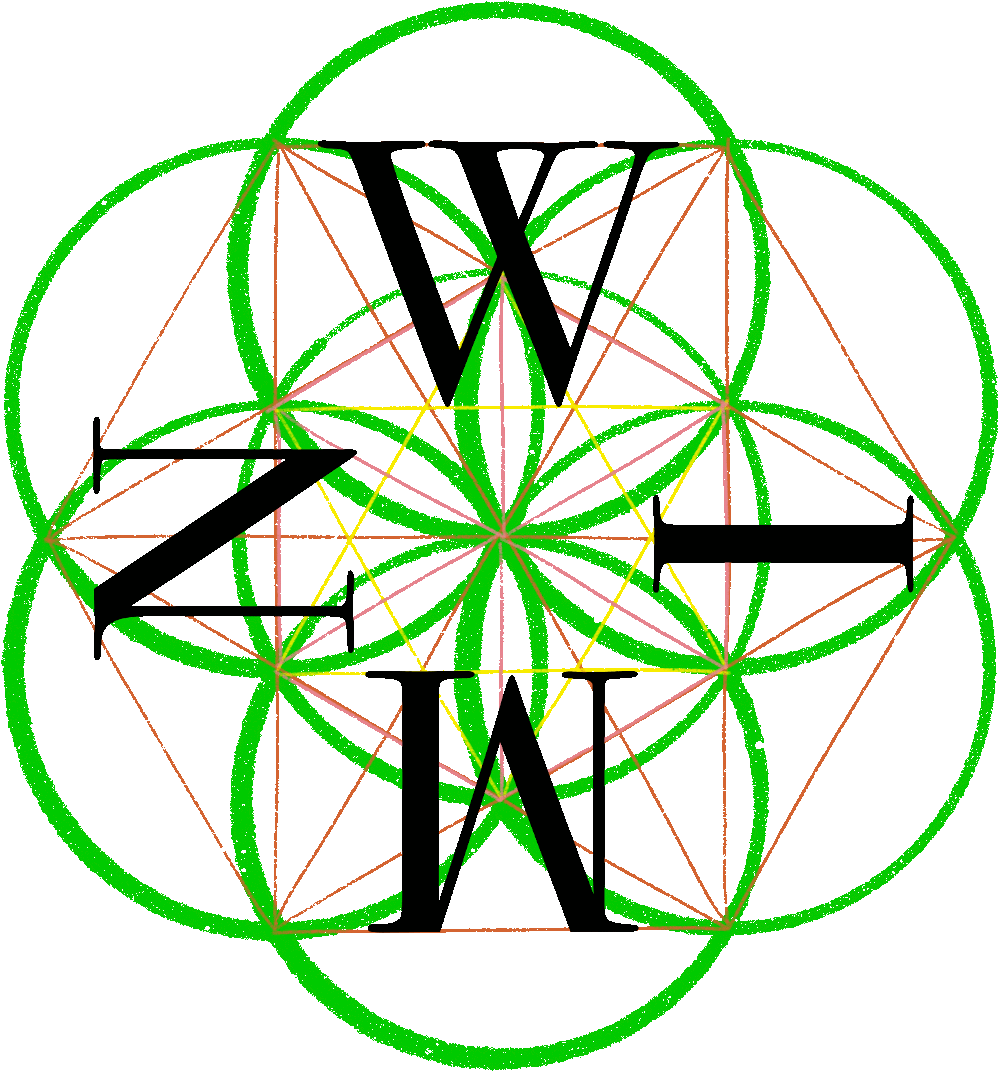
ABOUT COOL TOOLS
Cool Tools is a web site which recommends the best/cheapest tools available. Tools are defined broadly as anything that can be useful. This includes hand tools, machines, books, software, gadgets, websites, maps, and even ideas. All reviews are positive raves written by real users. We don’t bother with negative reviews because our intent is to only offer the best.
One new tool is posted each weekday. Cool Tools does NOT sell anything. The site provides prices and convenient sources for readers to purchase items.
When Amazon.com is listed as a source (which it often is because of its prices and convenience) Cool Tools receives a fractional fee from Amazon if items are purchased at Amazon on that visit. Cool Tools also earns revenue from Google ads, although we have no foreknowledge nor much control of which ads will appear.
We recently posted a short history of Cool Tools which included current stats as of April 2008. This explains both the genesis of this site, and the tools we use to operate it.

